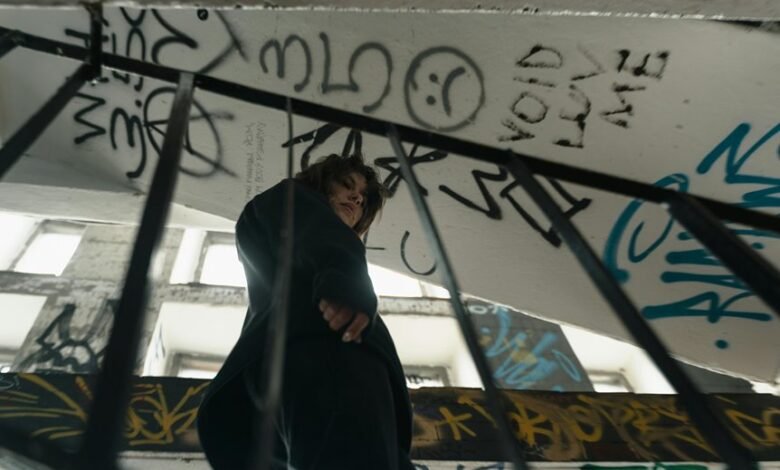Pontoacompanhate: a Cultural Perspective

Pontoacompanhate emerges as a significant cultural phenomenon, rooted in the early 18th century. Its evolution reflects a complex interplay of indigenous and colonial influences. This cultural expression manifests through various art forms, enriching community identities and fostering social ties. As contemporary interpretations arise, questions about its relevance and adaptability in modern society surface. What challenges and opportunities lie ahead for Pontoacompanhate in preserving its heritage while engaging new generations?
Historical Origins of Pontoacompanhate
Although the exact origins of Pontoacompanhate remain somewhat obscure, historical records suggest that it emerged from a confluence of indigenous traditions and colonial influences in the early 18th century.
This cultural fusion birthed unique traditional rituals, reflecting both spiritual beliefs and social structures.
The cultural significance of Pontoacompanhate lies in its ability to embody resilience and identity, serving as a vital link between past and present.
Contemporary Interpretations and Practices
As Pontoacompanhate continues to evolve in modern society, its contemporary interpretations and practices reflect a dynamic interplay between tradition and innovation.
Modern adaptations have infused this cultural form with new life, allowing for diverse artistic expressions that resonate with younger audiences.
This transformation highlights the ongoing relevance of Pontoacompanhate, as it adapts to contemporary values while honoring its rich heritage.
The Role of Pontoacompanhate in Community Building
While Pontoacompanhate is often recognized for its artistic expressions, its significance extends deeply into the realm of community building.
Conclusion
In the vibrant tapestry of cultural expression, pontoacompanhate stands as a resilient thread, weaving together the past and present. Like a river reflecting the sky, it mirrors the struggles and triumphs of its communities, nurturing unity and identity. As contemporary interpretations flourish, this artistic form symbolizes the enduring spirit of cultural heritage, inviting younger generations to partake in a dialogue that transcends time. Thus, pontoacompanhate not only preserves history but also shapes the future of communal bonds and shared narratives.




